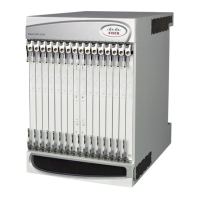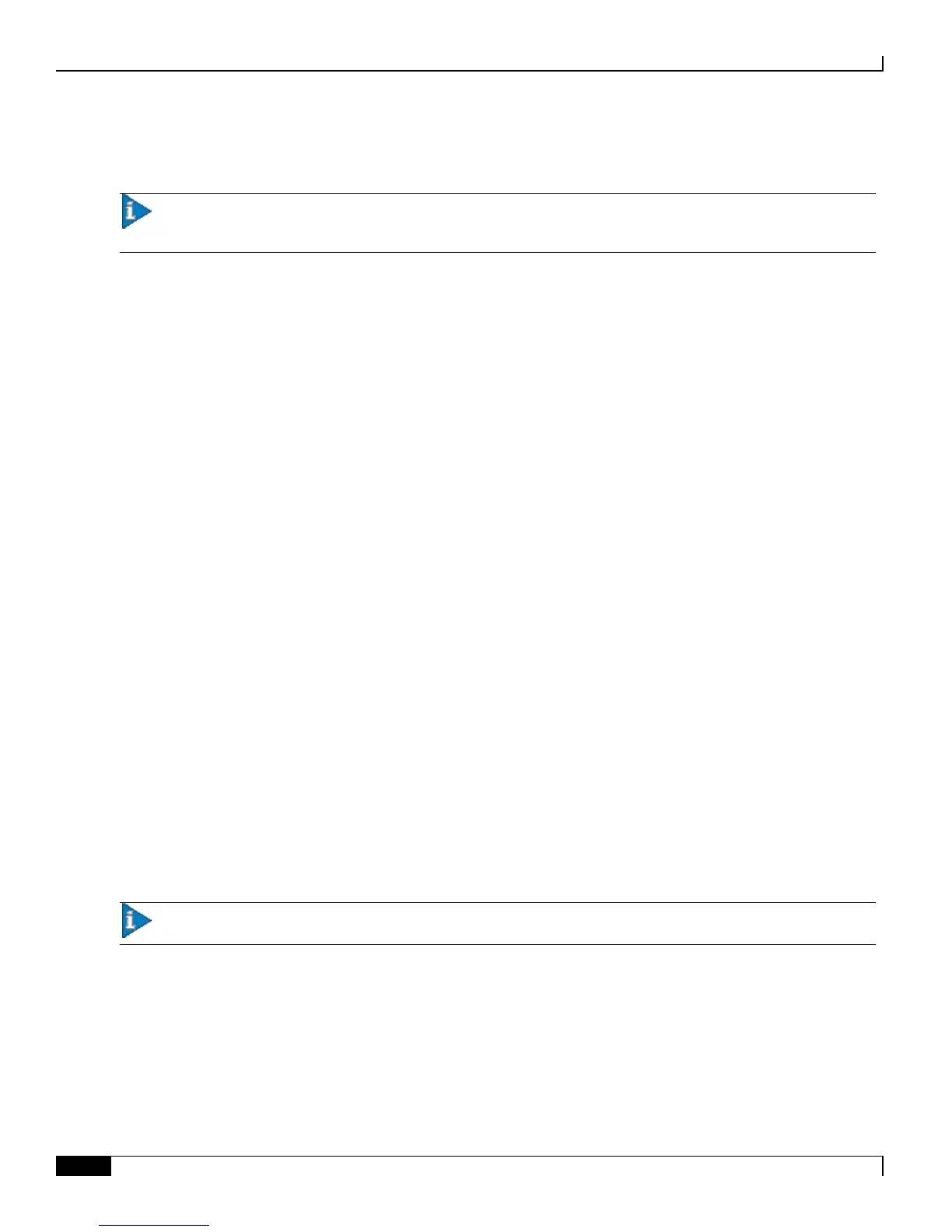L-ESS Maintenance and Troubleshooting
▄ Cisco ASR 5000 Series External Storage Server Installation and Administration Guide
machine few CPUs can be dedicated to L-ESS and rest can be left for other processes. The configuration related to L-
ESS resource pool is available in less_pool.cfg file.
Important: L-ESS must be started using start_serv.sh script instead of serv script to get the benefits of
resource pool.
Using the start_serv Script
This script is specifically designed to start L-ESS Server in configured projects environment. The script assumes that
"lessPrj" project is configured on the system and is allocated sufficient shares. If the project entry is not added and if the
user starting L-ESS is not privileged for configured project, then script will not start L-ESS.
L-ESS must always be started using this script to get the benefits of dedicated CPU shares. Path of this script, without
any argument must be configured in VCS config file, main.cf.
To start the L-ESS manually enter the following command from the <less_install_dir>/ess directory:
./start_serv.sh
Configuring Veritas Cluster to Start L-ESS Using FSS Scheduler
In the default configuration, VCS starts application using TS scheduler. This configuration must be changed to use FSS
scheduler for allocating CPU shares to L-ESS. For this "static str ScriptClass = FSS" variable must be added in
Application module of VCS config file, types.cf.
Alternatively, this parameter can also be set using GUI client of VCS.
Using the Cleanup Script
Use the deleteLocalFiles.sh script to delete files from local paths as a cleanup process. This script is required so
that older files from the local destination, such as mediation, can be removed periodically. This ensures that there is no
unnecessary disk space usage.
If the local destination deletes the file after picking up, then this script may not be required.
Files from L-ESS specific directories are deleted as soon as a fetched file is transferred to all of the configured
destinations. However, if the file is not pushed towards the destination, these skipped files keep accumulating under the
destination‟s local temporary directory. You can use the cleanup script to regularly remove these older files from the
temporary directories.
Important: You should run the cleanup script from the L-ESS base directory.
How the Cleanup Script Works
Use this procedure to start and kill the deletelocalfiles.sh script manually.
Step 1 Provide the local paths from where files should be deleted periodically.
These paths are taken as base paths and all of the older files below the base path are deleted at the configured time.

